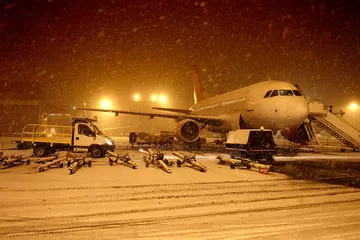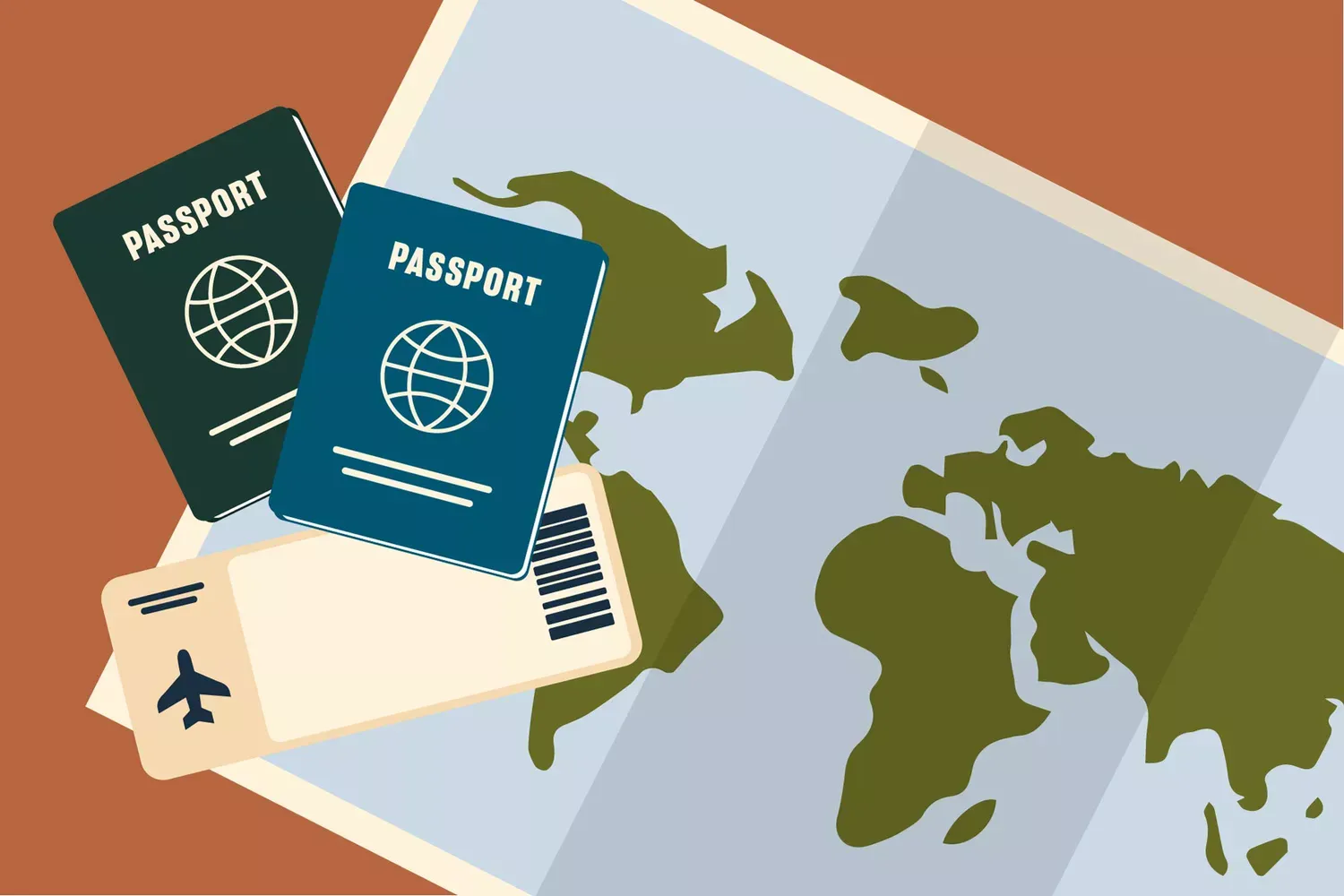This fascinating aviation video explores the extreme cold needed to ground a plane. It delves into the science of freezing temperatures impacting crucial components like engine oil viscosity and fuel properties. Ultimately, the video reveals that while incredibly low temperatures pose challenges, modern aircraft are surprisingly resilient due to advanced anti-icing systems and robust design considerations focused on flight safety.
The Science of Cold and Airplanes
Airplanes rely on a combination of aerodynamics and engine power to achieve lift and maintain flight. Cold air is denser than warm air. This density difference is generally beneficial because denser air provides more lift for the wings and increases engine efficiency. However, extreme cold presents several challenges.
One key issue is fuel freezing. Jet fuel contains paraffin waxes, which can crystallize and solidify in extreme cold. This can clog fuel lines and filters, starving the engines of fuel and leading to engine failure. Different fuel types have different freezing points, and airlines use additives to lower the freezing point, but there are limits to how low you can go. The table below summarizes the typical freezing point of some aviation fuels:
Fuel Type |
Typical Freezing Point |
Considerations |
|---|
Jet A |
-40°C (-40°F) |
Most commonly used jet fuel in the United States. Additives can lower the freezing point further. |
Jet A-1 |
-47°C (-53°F) |
Widely used internationally. A slightly lower freezing point than Jet A. |
Avgas (Aviation Gasoline) |
-58°C (-72°F) |
Used in piston engine aircraft. Less susceptible to freezing than jet fuel. |
Another problem is mechanical failure. Extreme cold can make materials brittle and more susceptible to cracking. Hydraulic fluids can thicken, affecting the operation of flight controls, landing gear, and brakes. Seals and gaskets can lose their elasticity, leading to leaks. Even the aircraft's tires can be affected by the cold, requiring careful monitoring of tire pressure.
Operational Considerations and Regulations
Airlines and regulatory agencies like the FAA (Federal Aviation Administration) have strict procedures for operating in cold weather. These procedures are designed to mitigate the risks associated with extreme cold. Key operational considerations include:
Pre-Flight Inspections: Thorough pre-flight inspections are crucial to identify any potential problems caused by the cold. This includes checking for ice or snow accumulation, inspecting control surfaces for proper movement, and verifying the functionality of all critical systems.
De-Icing and Anti-Icing: Ice and snow can significantly degrade an airplane's aerodynamic performance. De-icing removes existing ice and snow, while anti-icing prevents further accumulation. These procedures use specialized fluids and equipment.
Engine Start Procedures: Starting an engine in extreme cold can be challenging. Airlines use pre-heating equipment and modified starting procedures to ensure reliable engine starts.
Runway Conditions: Snow and ice on the runway can reduce braking action and increase the risk of a runway excursion. Airports use specialized equipment to clear runways and taxiways, and pilots must be aware of the current runway conditions.
Cold Weather Operations Manuals: Airlines have detailed cold weather operations manuals that outline procedures for operating in extreme cold. These manuals cover everything from pre-flight inspections to engine starting to de-icing procedures.
So, what's the absolute coldest temperature at which a plane can't fly? There's no single number. It depends on several factors, including the type of aircraft, the type of fuel used, the availability of de-icing equipment, and the experience of the flight crew. However, airlines typically have operating limits specified in their manuals. It's rare for commercial flights to operate in temperatures below -50°C (-58°F) due to the combined risks.
Beyond the Numbers: The Human Element
While technological solutions and procedures can mitigate many of the risks associated with extreme cold, the human element is also critical. Pilots, ground crews, and air traffic controllers must be well-trained and aware of the challenges posed by cold weather. Proper communication and coordination are essential to ensure safe and efficient operations.
In conclusion, there is no single "grounding temperature" for airplanes. Instead, a combination of factors related to fuel, aircraft mechanics, operational procedures, and the experience of flight personnel determine whether a flight can safely take off in very cold weather. Airlines and aviation authorities prioritize safety above all else, and they will always err on the side of caution when making decisions about whether to fly in extreme conditions. So, the next time you experience a flight delay due to cold weather, remember that it's a sign that the aviation system is working to keep you safe.


















